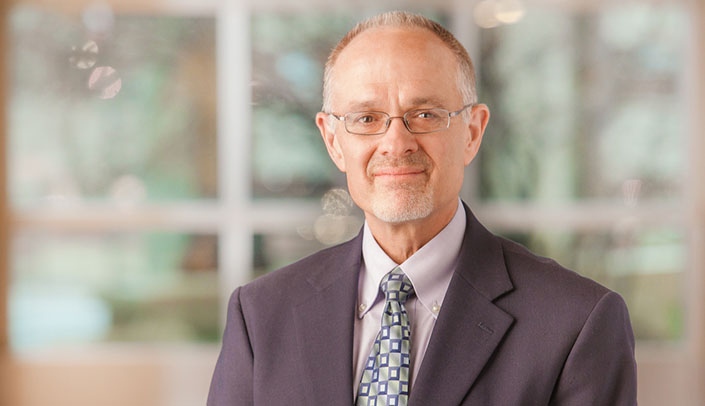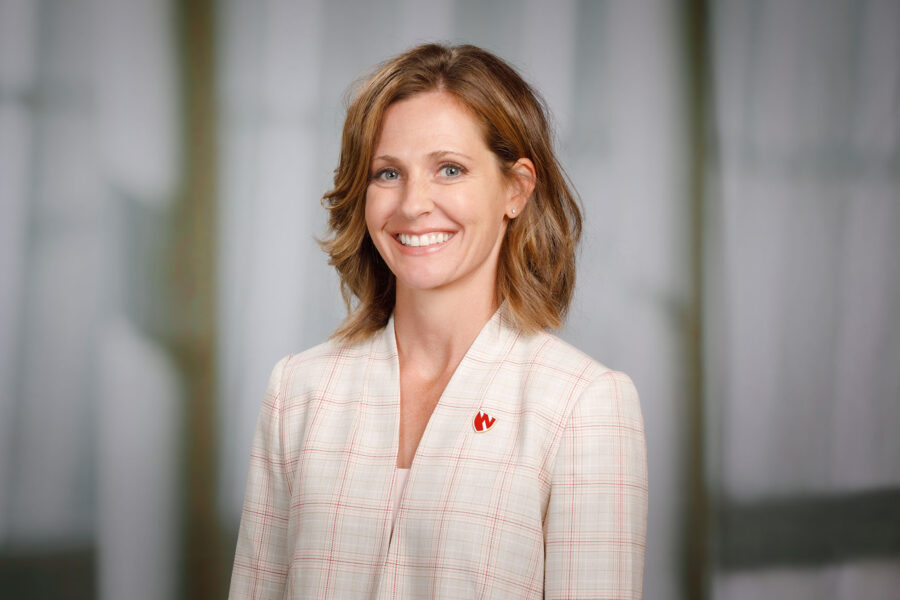Although Nebraska’s latest health care workforce report suggests steady growth for most professions, challenges remain.
The “2023 Status of the Nebraska Healthcare Workforce” report, commissioned and funded by the Office of Rural Health Initiatives at the University of Nebraska Medical Center and the Nebraska Area Health Education Center Program (AHEC), pointed to declining numbers of some health professionals, such as primary care physicians. The report also shows troubling trends as many regions of the state continue to grapple with shortages of health care professionals.
In addition, the report sees a trend of health care workers becoming increasingly concentrated in metropolitan areas such as Omaha and Lincoln.
These and other key findings can be found in the report.

“As the state’s only academic medical center, UNMC’s mission includes improving the health of our fellow Nebraskans across the entire state,” said Jeffrey P. Gold, MD, chancellor of UNMC. “While these findings illustrate real challenges, UNMC already has initiated programming that will help address these shortages, such as expanding our class offerings on the University of Nebraska at Kearney campus to include more health professions students and, for the first time, medical students, as well as beginning twice-annual nursing admissions at our Kearney and Lincoln nursing divisions.”
Among other challenges highlighted in the report:
- Nebraska’s rural communities encounter significant obstacles in both attracting and retaining health care professionals in Nebraska, with 83% of all diagnosing and treating practitioners currently concentrated in metropolitan areas of the state.
- Demographically, health care professionals do not mirror the diverse composition of the state population, with most professionals identifying as White, non-Latino/a. In contrast, 23% of Nebraska’s overall population identifies as persons of color.
The study also noted, although not in detail, the substantial economic impact of the health care workforce to the state — in 2023, the health care and social assistance industry contributed $9.7 billion to Nebraska’s Gross Domestic Product (GDP), the fifth largest contributing industry to the GDP, behind such industries as manufacturing ($15 billion) and agriculture ($12 billion).
The report offered strategies for addressed the identified challenges, including:
- Ensure adequate resources to prepare the next generation of health care professionals.
- Enhance existing pipeline programs and education initiatives targeting rural and underserved urban populations.
- Enhance the availability of scholarships and loan repayment programs for health care students and practitioners, particularly for health professions with significant shortages, to recruit and retain the needed health care workforce.
- Increase the number of medical residency programs in rural and underserved urban areas.
- Expand incentive programs to encourage practitioner retention in rural and underserved urban areas.
- Expand the capacity of telecommunications infrastructure to support the use of telehealth, improving patient access to health care.
- Establish and streamline existing public-private partnerships in the health care sector.
The report reflects positively on the efforts by UNMC, other institutions of higher learning, and community partners in addressing the health care workforce needs of Nebraska, said Jeffrey Harrison, MD, chair of the UNMC Department of Family Medicine and principal investigator of the AHEC grant.
“High-quality health care is always best delivered in a team-based manner, and the expansion of all provider types allows for enhanced delivery of services to Nebraskans,” Dr. Harrison said. “The report reveals the uneven distribution of workforce, driven in part by population density and the resultant economic limitations of the maldistribution. It will be imperative that UNMC and our partners statewide continue to develop innovative health care delivery methods that ensure high quality and accessible care to all communities in the state.”
The study is based on the most recent data from the UNMC Health Professions Tracking Service and the State of Nebraska. The report – prepared by the University of Nebraska at Omaha Center for Public Affairs Research – examined 16 health care profession categories ranging from physicians and physician assistants to nursing, dental and allied health professionals.
“UNMC has a longstanding commitment to growing the state’s health workforce, including pathway programs such as our Rural Health Opportunities Program,” said UNMC’s Nicole Carritt, assistant vice chancellor of health workforce education relations. “Although this report delineates areas of need, which is its purpose, we also see areas of growth, such as projected growth of physicians (19%), physician assistants (63%) and advanced practice registered nurses (127%) by 2030. With the help of the information compiled in this report, UNMC will continue to work with the state, community partners and others to address Nebraska health workforce needs.”
